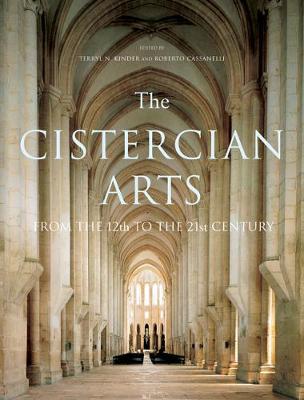McGill-Queen's Studies in the Hist of Religion
1 total work
The phenomenon of the Cistercian Order occupies a key place in the history of Western culture as it grew to dominate reformed European monasticism in the high middle ages. The transition from the Romanesque to Gothic styles occurred in the twelfth century when the order was expanding most dramatically. With sharp, clean lines, and minimal decor, its architecture was designed to reflect the simplicity and austerity required for this experiment in monastic life. An important reference work, The Cistercian Arts offers insights into a contemplative order that expanded from its modest origins in the Burgundian heartland to encompass six continents. Under the supervision of Terryl Kinder and Roberto Cassanelli, the theological and spiritual aspects and material culture of the Cistercian world are analyzed in depth by more than thirty international specialists in a forty-chapter overview. Music, libraries, water management, metallurgy, farming, liturgical arts, sacred reading, and many other facets of monastic life are traced from the founding of the order in 1098 to the present day.
While the Cistercian Order grew to include approximately 1,700 abbeys for men and women, it did not end with the middle ages, and architecture was not its only manifestation. This exquisitely illustrated volume shows how the many arts created by and for Cistercian abbeys continued well beyond the medieval period.
While the Cistercian Order grew to include approximately 1,700 abbeys for men and women, it did not end with the middle ages, and architecture was not its only manifestation. This exquisitely illustrated volume shows how the many arts created by and for Cistercian abbeys continued well beyond the medieval period.
